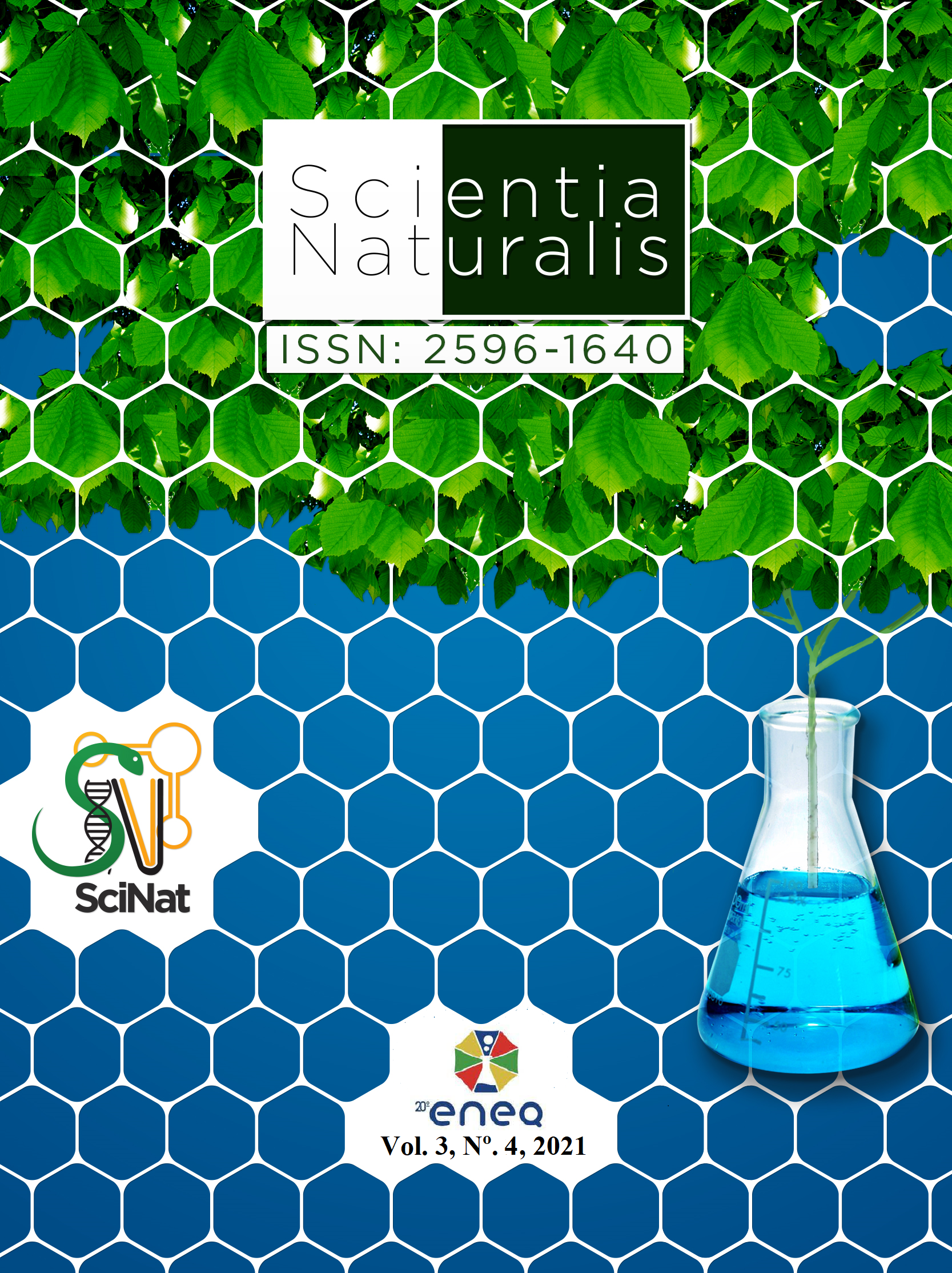The use of the "Mol de Feijões" analogy as a didactic tool for the initiation of teaching chemical calculus in high school
DOI:
https://doi.org/10.29327/269504.3.4-24Abstract
This work aimed to analyze the contribution of the “Mol de Feijões” analogy in the learning of quantitative aspects related to chemical transformations. The “Chemical Calculations” approach the concept of Mol and Avogadro's Constant, relating the macroscopic world with the microscopic model of the constitution of matter. The quantitative relationships that exist between substances in a chemical reaction have been one of the main difficulties in understanding among students in Chemistry classes. The “Mol de Feijões” analogy was developed during the Instrumentation for Teaching Chemistry I subject and developed in Chemistry classes in High School, in a public school in the city of Manaus, as a conducting activity in the Supervised Internship IV subject, of the Degree in Chemistry at the Federal University of Amazonas. Data collection on the instrument's contributions resulted from the application of a questionnaire with six open questions, with the analysis and categorization of responses performed through Content Analysis. The results show that 56% of students presented responses close to the scientific concept. Thus, the use of analogies in the teaching and learning process is characterized as an important teaching tool, efficiently contributing to the understanding of the “mol” concept.




